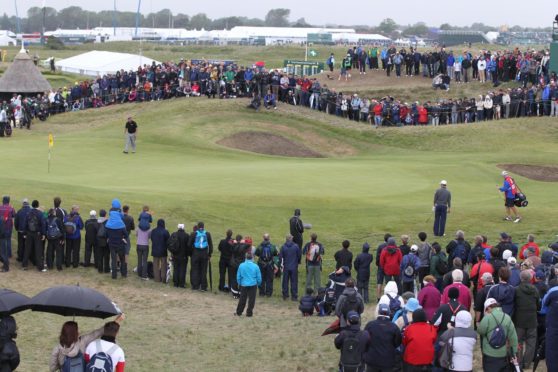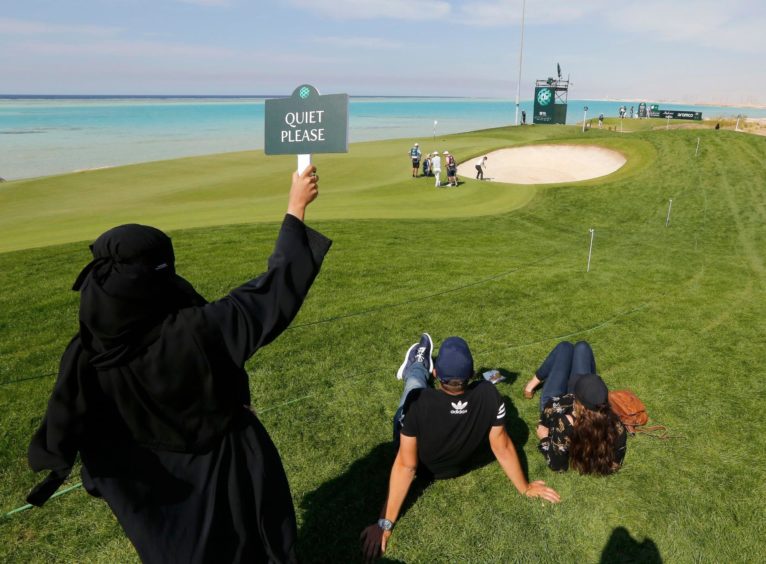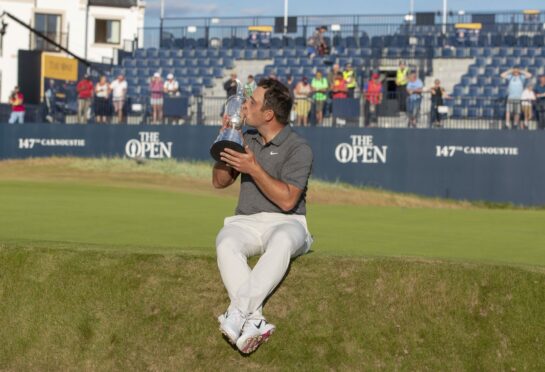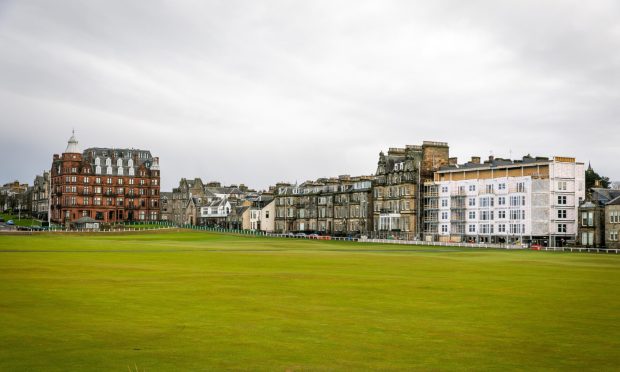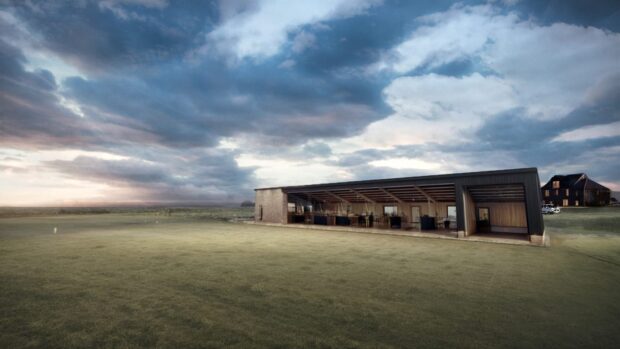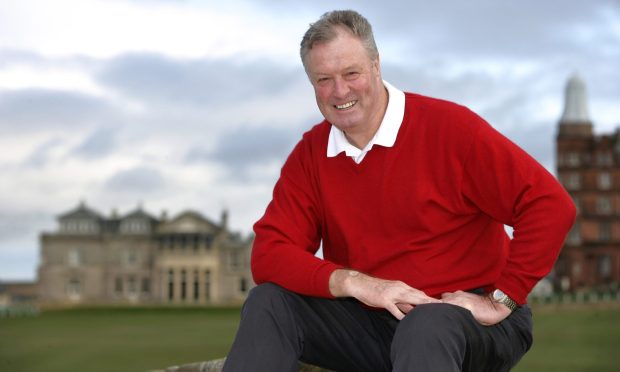A year ago at this time, as is traditional, T2G attempted to map out what was likely to occur in the coming 12 months. The column was titled “A Giddy Optimism for 2020”.
Well, that worked out well.
I should have known to divert one degree from my usual miserable worldview was a mistake. As a result this year we’re not even saying the ‘O’ word. 2020 has taught us all to realise pessimism is simple realism.
The caveat for every single reference below is “if it takes place at all”. A stricter lockdown is now in place than was imposed just nine months ago, despite available vaccines. Getting out of this thing is going to be a more fraught process than we could possibly have imagined.
Even predicting when we get back to normality (NOT normalcy, that is NOT A WORD) is impossible. One wouldn’t be surprised to see a catalogue of cancellations and postponements, yea, even those which were cancelled and postponed before.
The one benefit? This game, at grassroots level, has thrived as other sports have been forced into complete shutdown. By the time we do get back into some sort of normal shape, golf might be in a better position than at any time in the last 25 years, with a ready-made new audience.
But enough of these hopeless silver linings…here’s what I think will come in 2021.
A slow slide towards a World Tour with the PGA Tour in charge
From the looks of the European Tour schedule, the “partnership” between it and the US Tour is not a takeover – yet. The reduction in Rolex Series events to just a handful is one step short of co-sanctioning, which will surely follow.
This is great for Abu Dhabi, the Scottish, the BMW PGA and the DP World. For other European Tour events, it looks like they’re being squeezed out.
Some – like Ireland and France – used to get elite players with appearance fee packages, but it seems unlikely that will happen now.
The players who will “suffer” – not really, all things are relative – are those who habitually finish 50-100 on the Race to Dubai.
Their cheques and opportunities on Rolex Series jaunts are now greatly reduced, and the meritocratic scale has been upped considerably. If you’re not top 50 in Europe, you’re not getting much of a shot at the big money in future.
Normality will return at the Saudi Invitational in February
No, the pandemic will still be raging. It’s just that with no fans anyway, and the players and officials isolated in an enclave from the rest of what passes for “society” there, this is the one event where coronavirus doesn’t really change anything.
And at the end, millionaire golfers will pocked thousands of dollars in appearance fees however they play, pretending that their mere presence makes a positive difference to Saudi Arabia’s appalling human rights record.
An Open with, at the very least, limited fans
I don’t expect the pandemic to be under control by July – not nearly – but the R&A will play the Open Championship at Royal St George’s this year.
There may be some limited numbers of fans, probably those who fill the lucrative hospitality tents. But there’s no chance of a full complement of 200,000 for the week.
The R&A successfully ran the 2020 Women’s Open using the European Tour’s safety system, an obvious trial run for what they’ll do at Sandwich.
It’ll be an underwhelming experience, as all sporting events have been during this time, but they can’t afford to not play for two years in a row.
Not a classic set of majors, sadly
A second year of no fans at the majors is bad enough, but it’s a dull set of venues anyway. Augusta should at least be playing as normal by April – the novelty of November play passed quickly as ball after ball went splat on wet greens.
The PGA is at Kiawah Island, not wildly exciting but wait until you see the venue for 2022. Torrey Pines, a fairly dull regular PGA Tour stop, gets a second US Open largely on the back of the “classic” 2009 championship, Tiger Woods’ last before the world fell in on him and he spent 10 years trying to get another.
Expect a deluge of “How Tiger won with a broken leg” (it wasn’t) stories come June.
Sandwich is not the most loved of the Open venues. But as always with the oldest championship there’s some intrigue as it’s been a decade since we were last there and the sport is very different in so many ways. Can we at least hope for baked-brown fairways and high summer winds?
“Distance insights” still out of sight?
One understands this protracted process of examining the ridiculous distances the ball is being hit at elite level has been fraught for the R&A and USGA, who always seek to be conciliatory. Really, an inevitable confrontation is only being delayed.
There seems little point in delaying this consulation further. They should stop contorting themselves on the pointless and wholly symbolic notion that everyone in golf from junior to Dustin Johnson plays the same kit.
They don’t and never have. We should enshrine what we all know: the elite play a different game to the rest of us.
